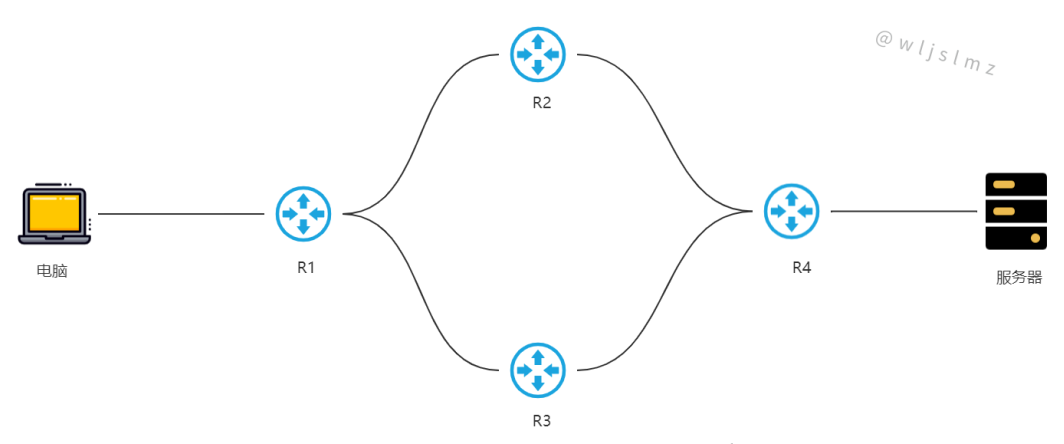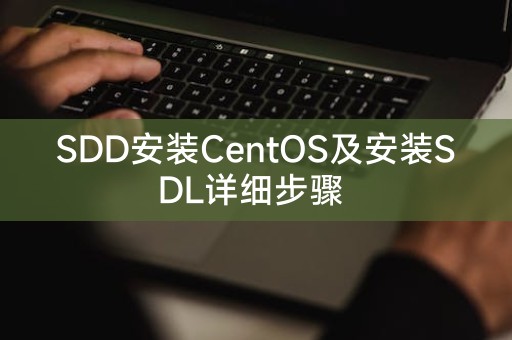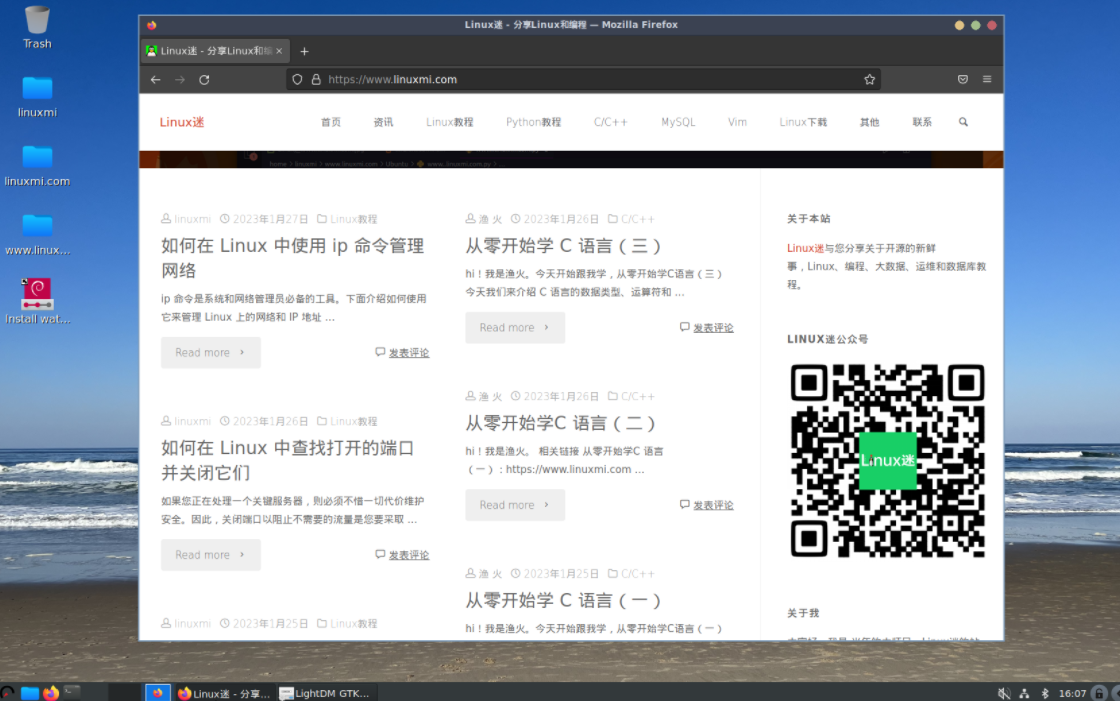Embedded Linux简介及其重要性
Embedded Linux是一种嵌入式操作系统,通常用于嵌入式设备和嵌入式系统中。它是Linux内核和一些用户空间工具的组合,经过裁剪和优化以适应嵌入式设备的特定需求。
Embedded Linux的重要性在于它提供了一个强大而灵活的操作系统平台,可以运行在各种不同类型的嵌入式设备上,如智能手机、车载系统、智能家居设备、工业控制系统等。Embedded Linux可以帮助开发人员构建功能丰富且稳定的嵌入式系统,满足不同行业的需求。
嵌入式Linux系统通常由以下几个部分组成:Linux内核、根文件系统、应用程序和驱动程序。开发嵌入式Linux系统需要考虑以下几个方面:
以下是一个简单的嵌入式Linux示例程序,使用了一个基本的字符设备驱动程序:
#include <linux/module.h>
#include <linux/fs.h>
#include <linux/init.h>
#include <linux/uaccess.h>
#define DEVICE_NAME "my_device"
#define BUF_SIZE 1024
static char buffer[BUF_SIZE];
static int major;
static int my_device_open(struct inode *inode, struct file *file)
{
printk(KERN_INFO "Device opened
");
return 0;
}
static int my_device_release(struct inode *inode, struct file *file)
{
printk(KERN_INFO "Device closed
");
return 0;
}
static ssize_t my_device_read(struct file *file, char *buf, size_t count, loff_t *ppos)
{
if (copy_to_user(buf, buffer, count))
{
return -EFAULT;
}
return count;
}
static ssize_t my_device_write(struct file *file, const char *buf, size_t count, loff_t *ppos)
{
if (copy_from_user(buffer, buf, count))
{
return -EFAULT;
}
return count;
}
static struct file_operations fops = {
.open = my_device_open,
.release = my_device_release,
.read = my_device_read,
.write = my_device_write,
};
static int __init my_device_init(void)
{
major = register_chrdev(0, DEVICE_NAME, &fops);
if (major < 0)
{
printk(KERN_ALERT "Failed to register device
");
return major;
}
printk(KERN_INFO "Device registered with major number %d
", major);
return 0;
}
static void __exit my_device_exit(void)
{
unregister_chrdev(major, DEVICE_NAME);
printk(KERN_INFO "Device unregistered
");
}
module_init(my_device_init);
module_exit(my_device_exit);
MODULE_LICENSE("GPL");
MODULE_AUTHOR("Your Name");
MODULE_DESCRIPTION("A simple character device driver");以上示例程序实现了一个简单的字符设备驱动程序,可以在嵌入式Linux系统中使用。开发嵌入式Linux系统需要深入了解Linux内核和用户空间工具的使用方法,同时需要考虑设备的特殊需求和性能要求,才能构建稳定、高效的嵌入式系统。Embedded Linux作为一种强大的嵌入式操作系统平台,将在未来的嵌入式系统开发中扮演越来越重要的角色。





